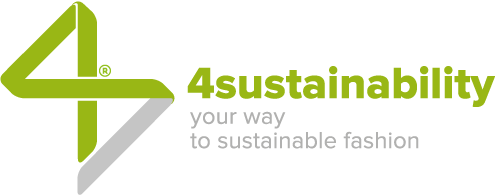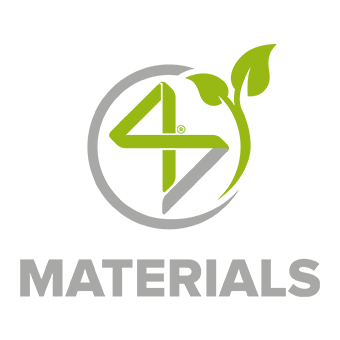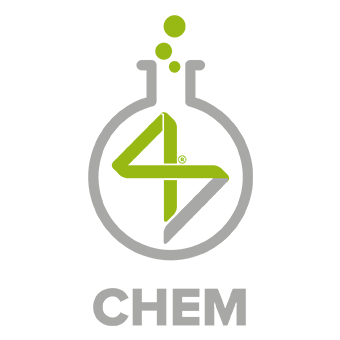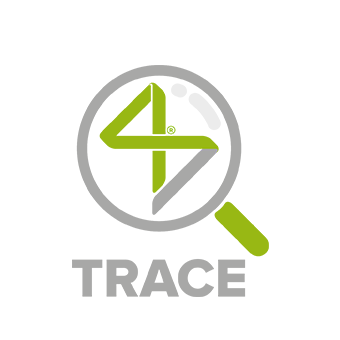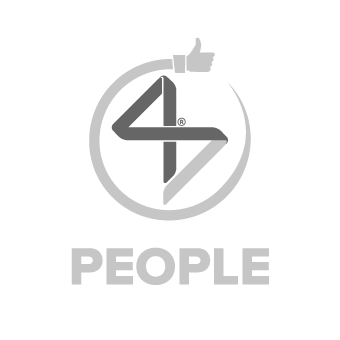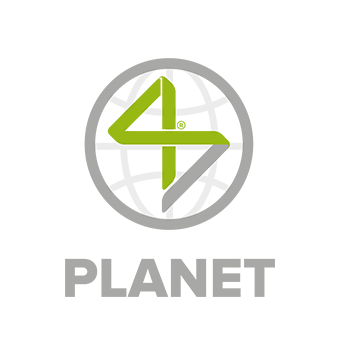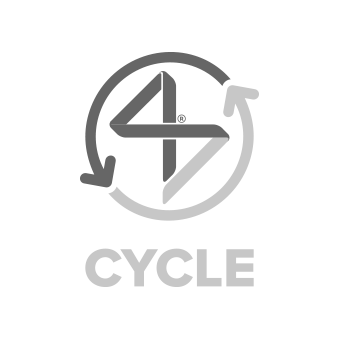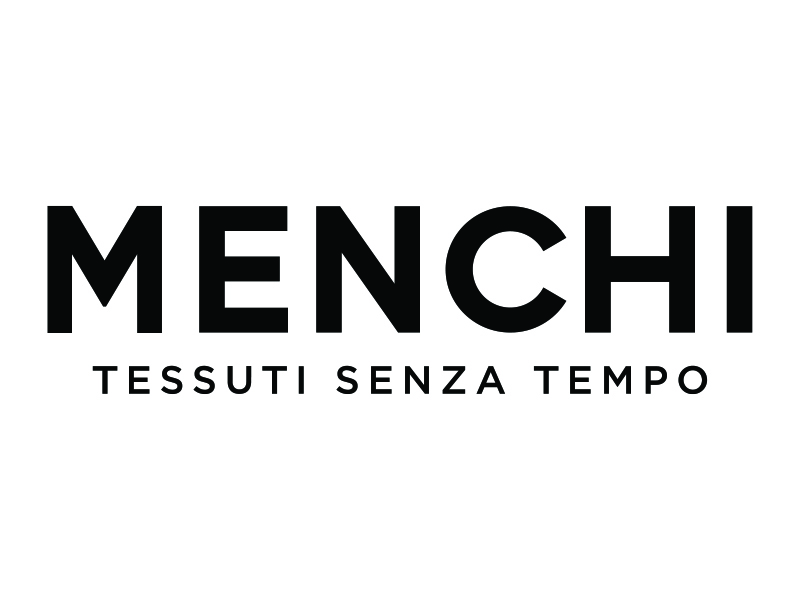
Menchi Tessuti SpaID Nr. 4S-100003e-report version 3.0
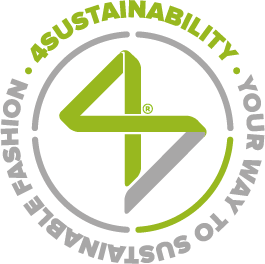
Lanificio Menchi Tessuti Spa is a historical company in the production of fabrics for outerwear, specialized in high-end fabrics of noble fibers such as alpaca and cashmere. Tradition and experience, continuous research of the best fibers, innovation and creative flair of the technical team allow to place Menchi Tessuti as a reference company in the international textile scene. The company pays particular attention to reconcile product performance and environmental protection, including more and more sustainable and certified items in the collection (GRS and RWS as a strong point).
www.lanificiomenchitessuti.it
4SUSTAINABILITY® COMMITMENT
Growth and sustainability are the factors for which we want to stand out, founding our strategy on the belief that ethical approach should characterize our business model. We firmly believe there cannot be a long-term economic development without a social and environmental development.
Inspired to and aligned with the Sustainable Development Goals set by the United Nations in the 2030 Agenda (SDGs), we’re committed to contributing to the generation of global positive change, assuming a clear environmental and social responsibility.
We do it concretely by joining the 4sustainability® roadmap, making the values and action programs it embodies our own, committing ourselves to starting a virtuous change journey in our business model, through one or more initiatives that we tell in this e-report.
this initiative contributes to the following main UN Sustainable Development Goals
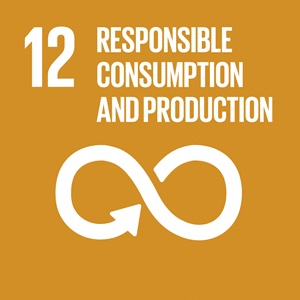
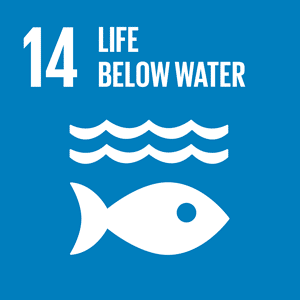
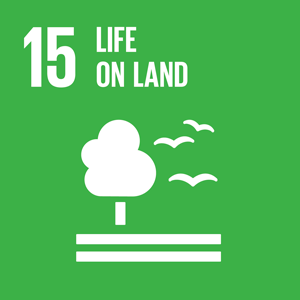
DATA REFERENCE PERIOD
from 31/08/2022 to 01/09/2023
LAST ISSUE DATE
03/10/2023
IMPLEMENTATION LEVEL
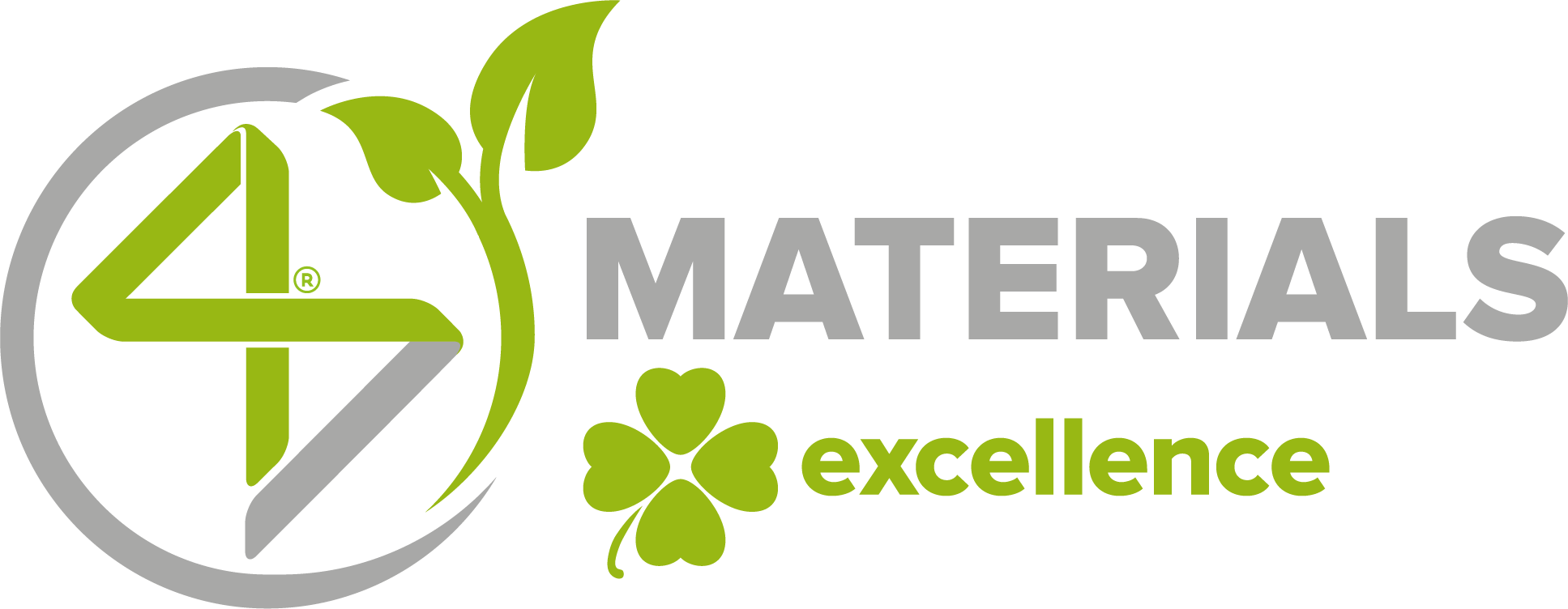
the implementation level is defined after the assurance process following the achievement of the protocol’s minimum requirements and is reviewed annually
The company has mapped and assessed the raw materials used to manufacture its products and identified more sustainable alternatives protected by patent or otherwise attested, certified or validated as set out in the 4s Materials Library. The main certifications are displayed below.
The report highlights the purchases share calculated in volume, as well as the sustainable items share sold in the current year with recognized and verified positive sustainability attributes.

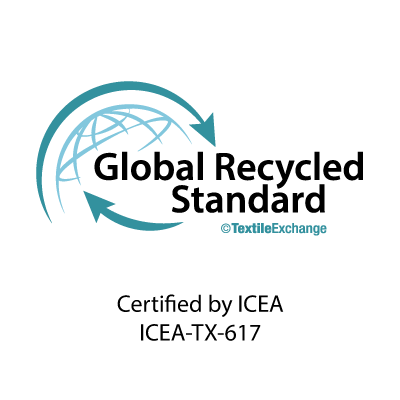
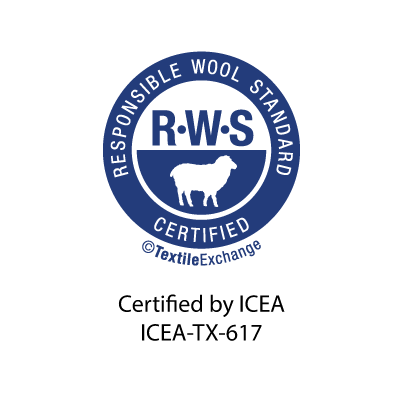
23%
percentage of sustainable materials sourced
INPUT
The input percentage indicates the proportion of raw materials with recognized sustainability attributes. The calculation is performed by mapping the purchases made during the year and highlighting the share-volume of the sustainable ones based on the positive attributes as defined in the 4s Materials Library.
BREAKDOWN OF SUSTAINABLE MATERIALS BY TYPE OF FIBRE
11%
percentage of incoming sustainable packaging
SUSTAINABLE PACKAGING
The sustainable packaging indicates the amount of primary or secondary packaging material for which the producer employed techniques and input factors that lead to an improvement in environmental performance.
OUTPUT
The output percentage indicates the share-volume of the items in the designed and manufactured collection with recognized sustainability attributes, calculated in terms of the overall production.
55%
percentage of the volume of sustainable items sold
elimination of toxic and harmful chemicals from production cycles in line with the ZDHC Roadmap to Zero Programme
this initiative contributes to the following main UN Sustainable Development Goals
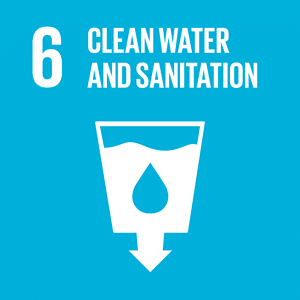
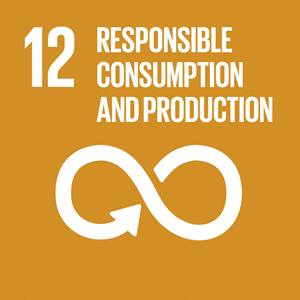

LAST REPORT ABSTRACT
download the report abstract with the main KPIs collected during the last on site assurance performed; if present, the abstract also includes the ZDHC Foundational or Progressive Level Certificate
IMPLEMENTATION LEVEL
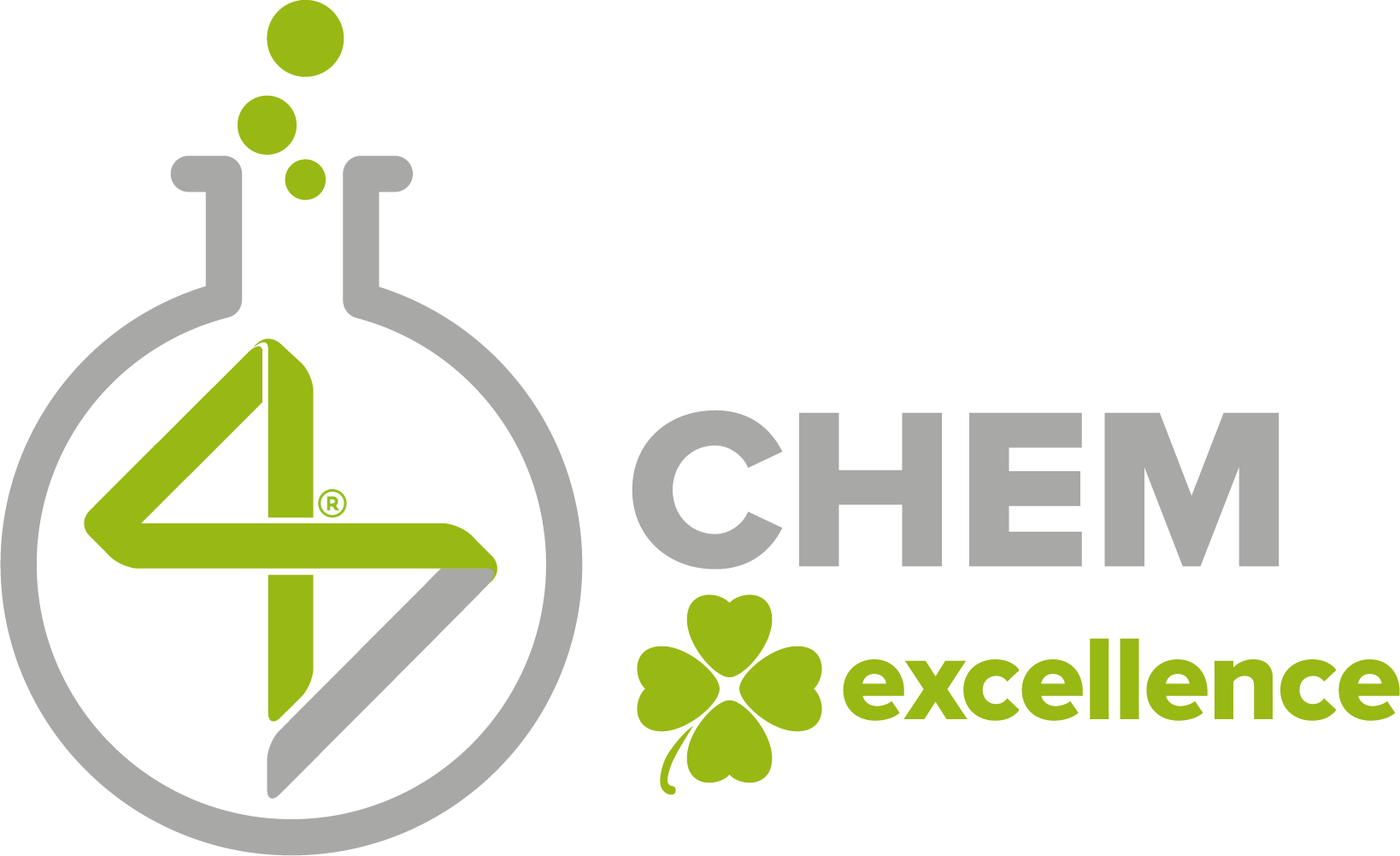
the implementation level is defined after the assurance process following the achievement of the protocol’s minimum requirements and is reviewed annually
The company has adopted the ZDHC MRSL for eliminating toxic and harmful chemicals from its processes and the 4S PRSL for raw material control. It has also implemented all the ZDHC CMS TIG requirements on internal and external processes.
CHEMICAL MANAGEMENT SYSTEM SCORE
92%
the percentage indicates the overall level reached through the implementation of 4s CHEM protocol requirements
ASSURANCE PROTOCOL
PRODUCTION VOLUMECOVERED BY MONITORED CHEMICAL INVENTORIES
100%
percentage of internal and external production volumes monitored through chemical inventory assessments
EXTERNAL CHEMICAL INVENTORY EVALUATION
WASTEWATER TESTING
ZDHC MRSL parameters following ZDHC Waste Waters Guidelines
PRODUCTION VOLUMECOVERED BY WASTEWATER TESTING
78%
percentage of internal and external production volumes whose wastewater has been tested following ZDHC Waste Waters Guidelines
this initiative contributes to the following main UN Sustainable Development Goals
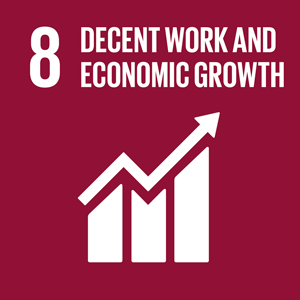

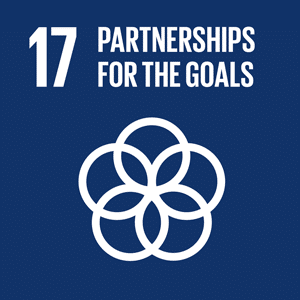
DATA REFERENCE PERIOD
from 01/01/2022 to 31/12/2022
LAST ISSUE DATE
17/01/2023
IMPLEMENTATION LEVEL
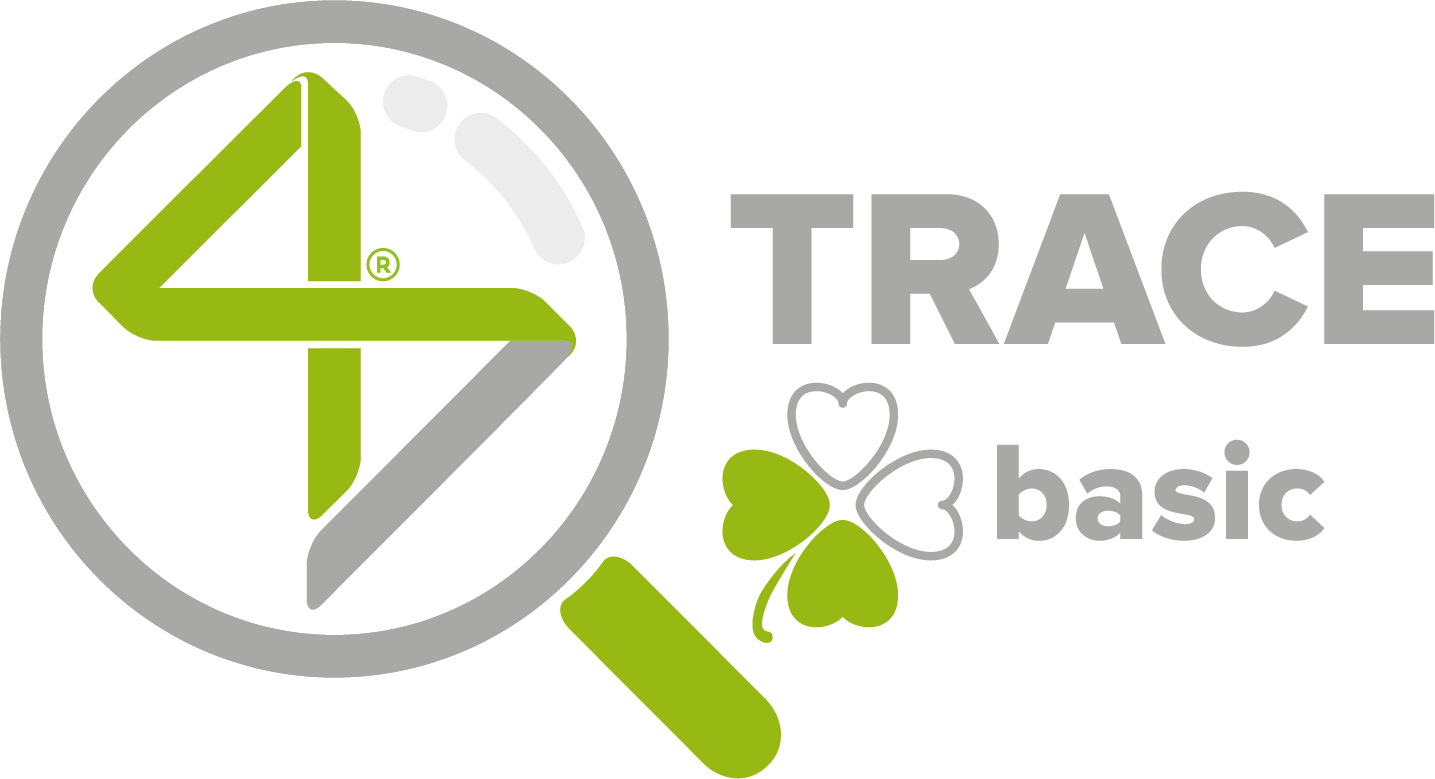
the implementation level is defined after the assurance process following the achievement of the protocol’s minimum requirements and is reviewed annually
The company has implemented a track & trace management system. If there are outsourced processes and raw materials purchases, the company has also involved its suppliers on sustainability performances data collection, implementing a rating system to push them towards continuous improvement.
ENGAGEMENTBY CATEGORY OF SUPPLIERS
SUPPLIERS INVOLVEDon chemical management issue
58%
percentage of suppliers involved in the implementation process on the total number of mapped suppliers
RAW MATERIAL SUPPLIERSASSESSED
53%
percentage of suppliers whose data have been collected
RAW MATERIAL SUPPLIERS' RATING
PROCESS SUPPLIERS' RATING
PROCESS SUPPLIERSASSESSED
100%
percentage of suppliers whose data have been collected
this initiative contributes to the following main UN Sustainable Development Goals
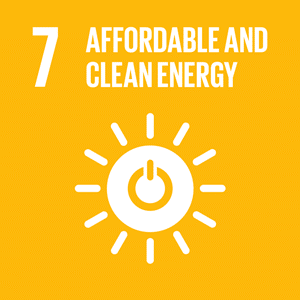
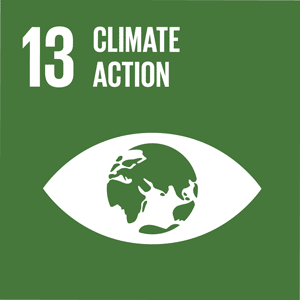

DATA REFERENCE PERIOD
from 01/01/2022 to 31/12/2022
LAST ISSUE DATE
04/12/2023
IMPLEMENTATION LEVEL
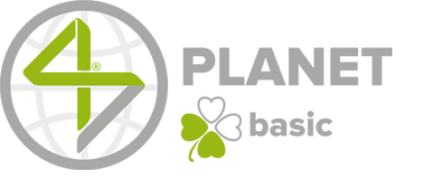
the implementation level is defined after the assurance process following the achievement of the protocol’s minimum requirements and is reviewed annually
The company has identified its main environmental impacts and implemented a calculation of its Water Footprint and/or Carbon Footprint and has started a roadmap for impact reduction on direct and indirect footprint.
MAIN ENVIRONMENTAL IMPACTS
The main company impacts are calculated starting from the direct ones. The calculation is then extended to include indirect impacts according to their order of relevance.
Consumption here on the side refers to an annual production of 845.750 mt.
CONSUMPTION
144.057,00Kwh
ELECTRIC ENERGY
266.000,00liters
WATER VALUE
CO2eq (CARBON DIOXIDE)
83.489,89KG
total emission (e.g. energy and water consumption, waste, fuels, packaging...)
ENERGY
SOURCES
98%

OTHER
SOURCES
2%

DIRECT USE
100%
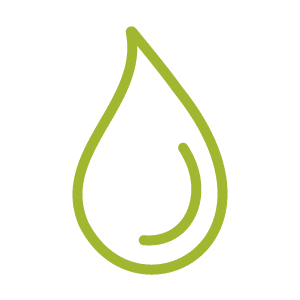
INDIRECT USE
0%

WATER
266.000L
total consumption
